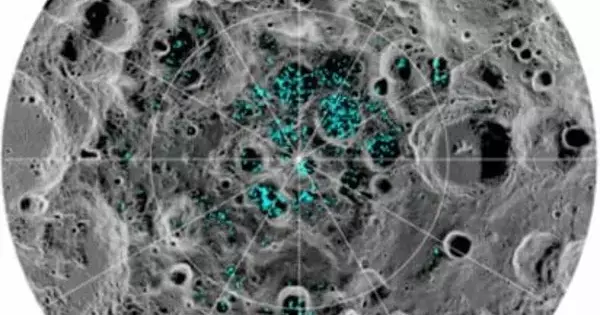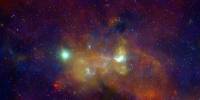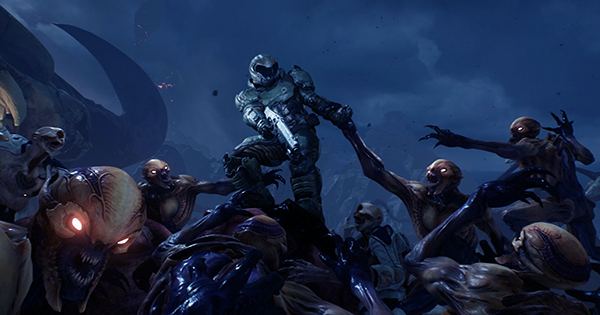The early universe was characterized by a wide diversity of galaxies, including both small and large ones, as well as irregular and spiral shapes. These galaxies were also very active, with high rates of star formation and the presence of massive black holes at their centers. This diversity is thought to be the result of the intense gravitational forces and rapid mixing of gas and dust that occurred during the formation and early evolution of galaxies.
The structures of galaxies in the early universe were much more diverse and mature than previously thought, according to new data from the James Webb Space Telescope (JWST). Scientists compared images of hundreds of galaxies taken by JWST for the Cosmic Evolution Early Release Science (CEERS) Survey with images previously taken by the Hubble Space Telescope and presented their findings at the American Astronomical Society’s 241st meeting.
The study looked at 850 galaxies at redshifts of z three to nine, or roughly 11-13 billion years ago. JWST’s ability to see faint high redshift galaxies in sharper detail than Hubble allowed the team of researchers to resolve more features and see a diverse mix of galaxies, including many with mature features such as disks and spheroidal components, according to Associate Professor Jeyhan Kartaltepe of Rochester Institute of Technology’s School of Physics and Astronomy.
There have been previous studies emphasizing that we see a lot of galaxies with disks at high redshift, which is true, but in this study we also see a lot of galaxies with other structures, such as spheroids and irregular shapes, as we do at lower redshifts.
Jeyhan Kartaltepe
“There have been previous studies emphasizing that we see a lot of galaxies with disks at high redshift, which is true, but in this study we also see a lot of galaxies with other structures, such as spheroids and irregular shapes, as we do at lower redshifts,” said Kartaltepe, lead author on the paper and CEERS co-investigator. “This means that even at these high redshifts, galaxies were already fairly evolved and had a wide range of structures.”
The study’s findings, which have been posted to ArXiv and accepted for publication in The Astrophysical Journal, show that the JWST outperforms Hubble in terms of depth, resolution, and wavelength coverage. After being shown in greater detail with JWST, 488 of the 850 galaxies used in the study that were previously identified by Hubble were reclassified with different morphologies. According to Kartaltepe, scientists are only now beginning to reap the benefits of JWST’s impressive capabilities and are excited to see what new data will reveal.

“This tells us that we don’t know when the first galaxy structures formed,” Kartaltepe explained. “We have yet to see the very first galaxies with disks. We’ll need to look at a lot more galaxies at even higher redshifts to figure out when features like disks could form.”
The study made use of an initial data set captured by CEERS when JWST first went online, but the survey has since captured a total of 60 observing hours, potentially providing thousands of high redshift galaxies to further investigate. COSMOS-Web, the largest General Observer program chosen for JWST’s first year, will provide an even larger sample through 255 hours of observing time with the telescope, according to Kartaltepe. COSMOS-observing Web’s campaign began this month.
This diversity is thought to have been due to a combination of factors, including the initial conditions of the universe, the rate of galaxy formation and evolution, and the effects of various physical processes such as mergers and interactions between galaxies. This diversity gradually decreased as galaxies evolved and merged over time, leading to the more homogeneous population of galaxies seen in the present-day universe.
















